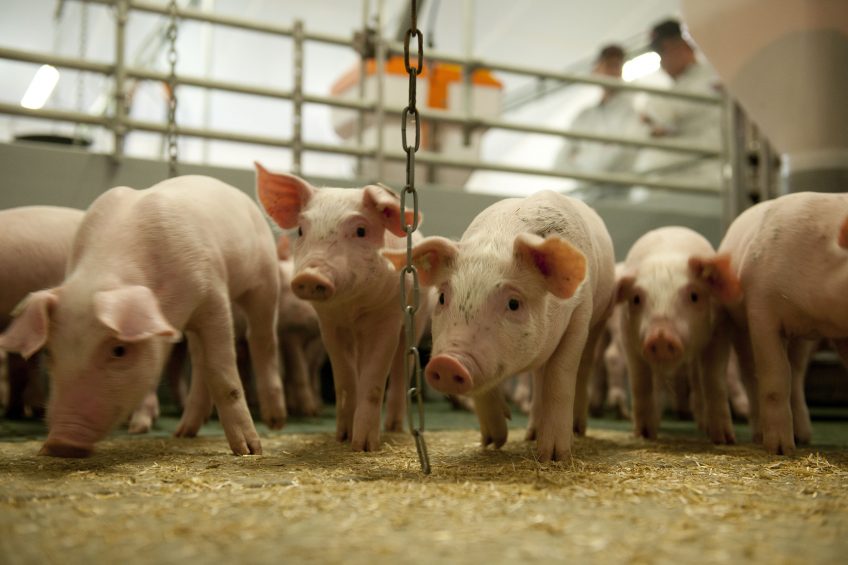Gut integrity, intestinal microbiota and intestinal barrier

In order to obtain a high intestinal health status in combination with a reduced use of antibiotics and ZnO, it is first of all important to understand the intestinal system and to find a way to support it.
Strong ‘tight junctions’ has as major task to close the cell lines and to avoid paracellular passage of bacteria, toxins and other undesired substances from the lumen to the inside of the body. Many stress factors will have a negative impact on the quality of the tight junctions, leading to the syndrome called ‘leaking gut’ which allows big sized molecules such as toxins and aggressive radicals to pass in between, resulting in cell damage, production of ‘Reactive Oxygen Species’ (ROS) and activation of the immune system.
The latter is automatically paired to the production of inflammatory cytokines. The neutralisation of these inflammatory components will consume significant amounts of nutrients, which leads to reduced growth and increased feed conversion rates.
Reducing the level of inflammatory cytokines
Although the mode of action of AGP has not yet been fully understood, there is evidence to believe that, besides regulation of the microflora, AGP also plays an important part in reducing the level of inflammatory cytokines, which results in substantial energy saving and improved performance.
Host defence peptides (HDPs), also known as antimicrobial peptides, are present in virtually all species of life and constitute a critical component of the innate immunity. The HDPs have a broad spectrum of antimicrobial activity against bacteria, protozoa, fungi and even viruses. Due to the complexity of the mode of action against microbes, there is a low chance of resistance, which makes them a number one candidate for alternatives to antibiotics.
The intestinal microbiota provide energy to the intestinal wall, prevent colonisation by pathogenic bacteria and help to maintain the intestinal immune system. Balancing the microflora is a crucial for the good health and performance of the animals.
Materials and methods
In two trials (T1 and T2), a treatment of 400 piglet each was compared with a control group of 400 piglets. The treatments in T1 and T2 included Lumance at respectively 1.5 kg/t and 1 kg/t in the feed from the day of weaning (30 days) for 20 days and ZnO for 20 days 3,000 ppm and 2,000 ppm respectively starting from weaning.
The control group for both trials included colistin (12%) in the feed at 2 kg/t for 10 days from weaning and ZnO, 3,000 ppm for 20 days from weaning. Post-weaning diarrhoea (PWD) and Average Daily Weight Gain (ADWG) were monitored from day 30 until day 94.
Results
No symptoms of PWD were observed in none of the groups during both trials. ADWG in growing phase were respectively: control groups – 610 g and 620 g and Lumance groups – 675 g in T1 and 709 g. The pigs of groups T1 and T2 achieved slaughter weight 7 days earlier compare to control groups.
High status of intestinal health
Based on the above, we can conclude that a high status of intestinal health based on a combination of balanced microflora, strong tight junctions, long and healthy villi, low levels of ROS and inflammatory cytokines ensure possibility to reduce antibiotic treatments and improving the performance.
A complex concept of Lumance with the synergistic approach is a powerful and effective antibacterial control and enteric support for a high intestinal health status and better performance.
Lumance is an effective concept to replace colistin and reduce ZnO for preventing PWD, while having a positive effect on ADWG of the treated animals.











